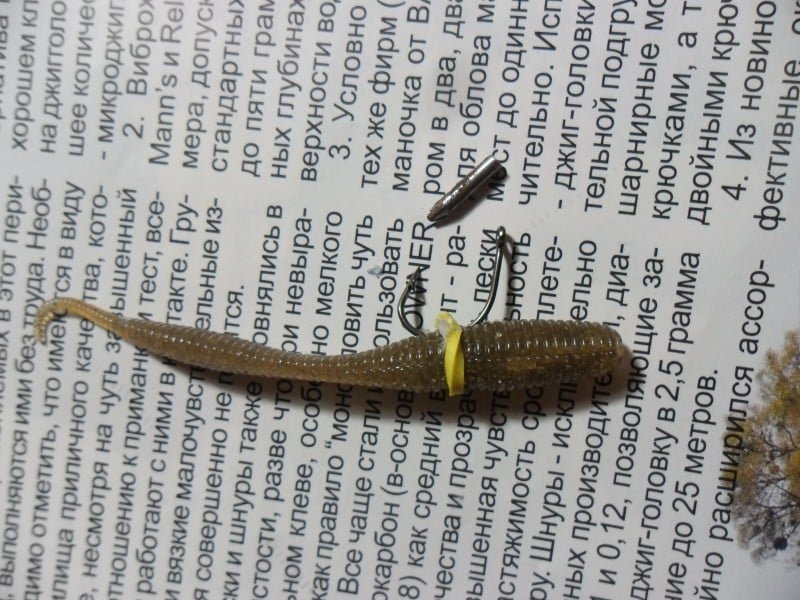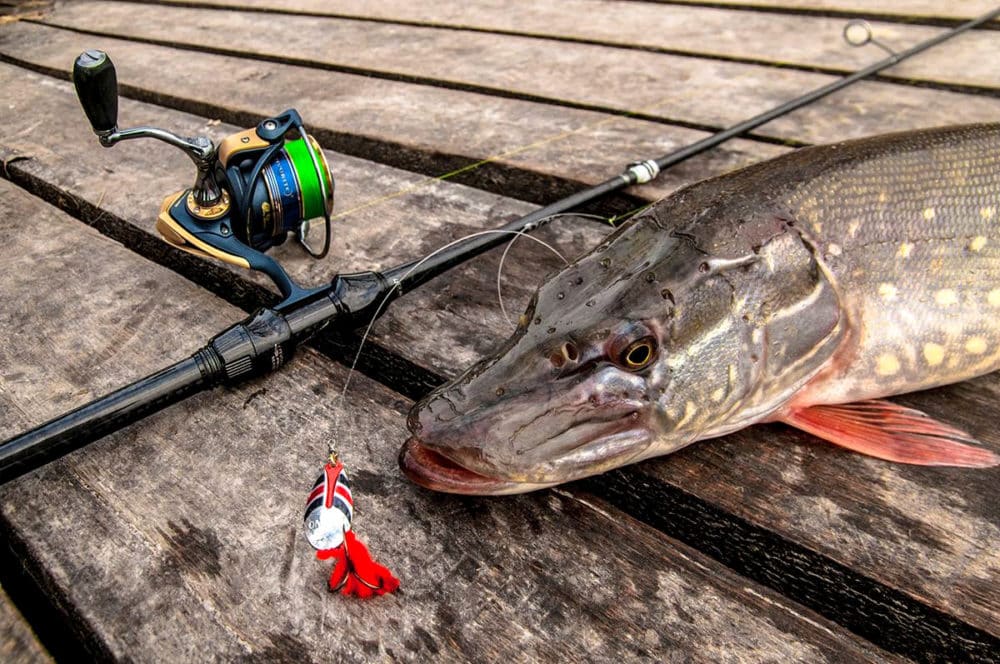Spinningists more and more often move away from the classic jig rigs towards the exotic – the
diverter leash , drop-shot,
Texas and
Carolina rigs and others. This is dictated by both objective and subjective reasons. The predator is more and more cunning, and therefore the spinning player must be more and more sophisticated in his attempts to catch it. Today we will talk about a wacky rig (a wacky rig or a crazy insane worm) – one of the most little-known and interesting methods of using jig lures.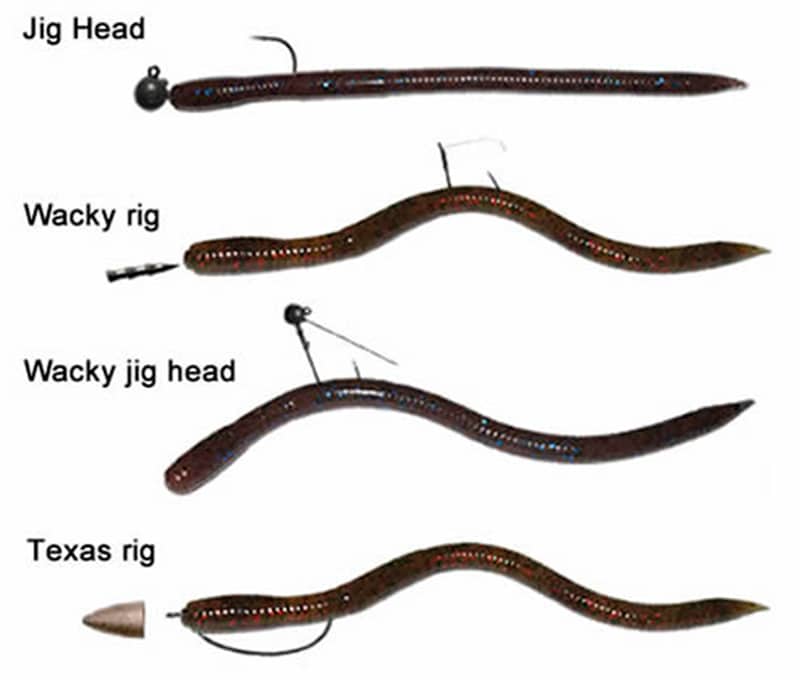
What is veki, its features
In fact, this is not an independent jig rig, as, for example, the ones mentioned above, but a method of attaching the bait to a special hook for veki in one way or another.
A worm or slug most often acts as a bait, but this is not a dogma, and more on this below.
It looks something like this:
However, even experienced karasyatniks know this that a worm with long appetizing ends that is so impaled and free-playing attracts crucian carp better, but there are many times more idle bites than with a “stocking”.
Features and types of installation
To mount the eyelid rig, not so much is needed – a special hook, a weighting agent for a worm in some cases, a silicone ring for one of the types of equipment, a bait, a fastener and knowledge of one or two fishing knots.
Veki hooks – main types with photo
The original rigging of the wacky is based on a special type of hook with a wide underfloor and with a short forend and a sting concave inward: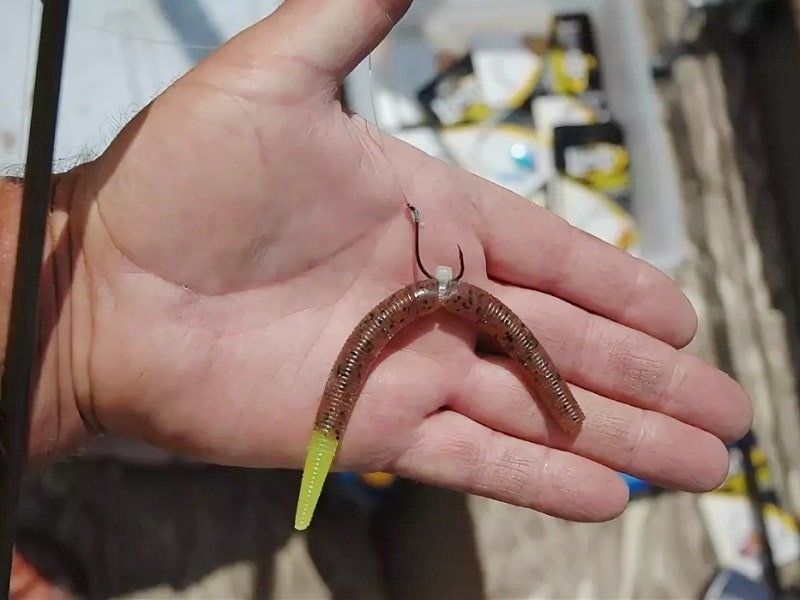
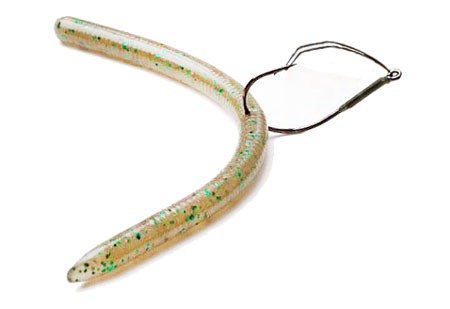
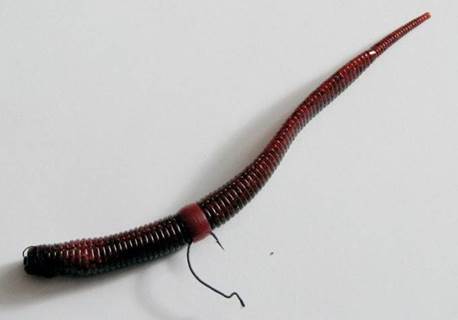

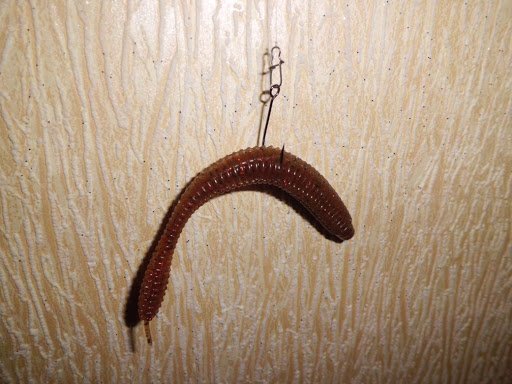
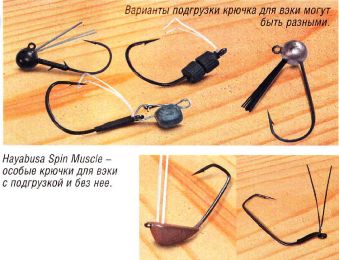
It should be understood that almost any of the available hooks can be used for the eyelid, especially if the need for such a rig is found right on the fishing trip. Carp, catfish, offset, single, etc.
Veki lures
Of the baits in priority in the descending order – worms, slugs, octopuses, chasing rippers. Some companies have special slugs and worms for the wake, which have a thickened segment in the middle for a clearer and more stable hook fixation. A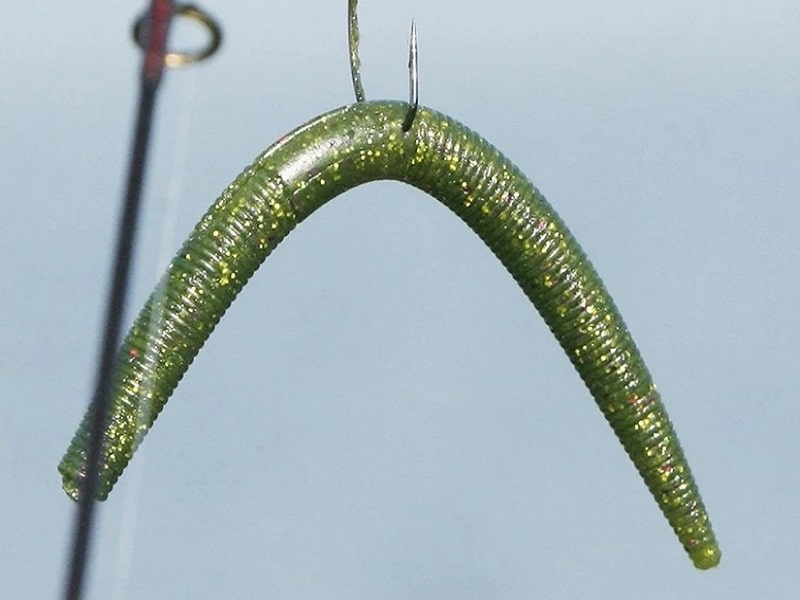
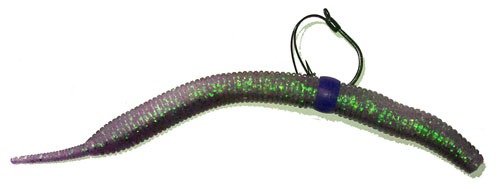
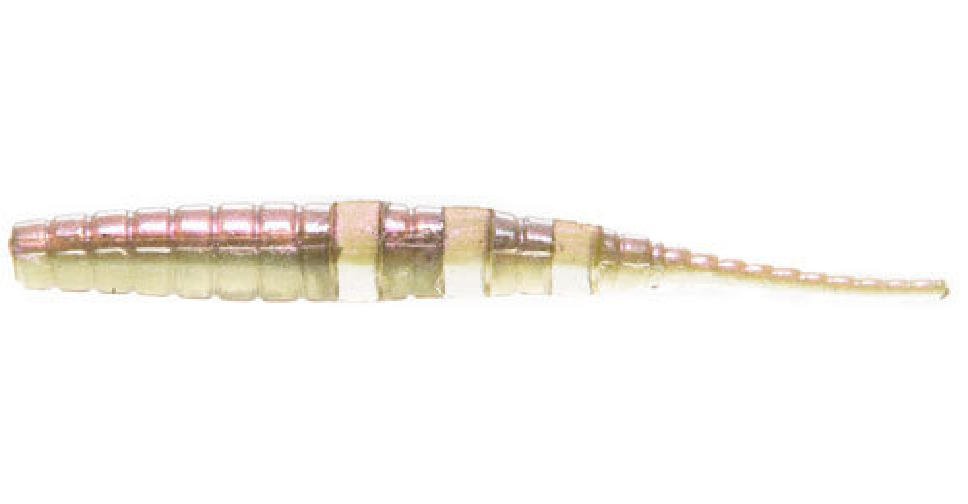
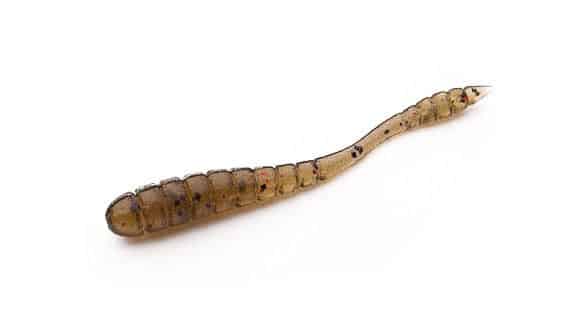
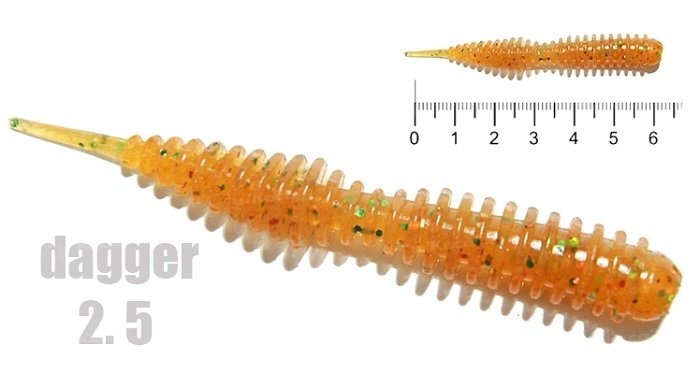
Tool making
Installation of the vecka is very simple. The necessary (the one that is available) hook is taken and the bait is pushed through the center or almost in the center. The hook is knitted in most cases on a fluorocarbon leash with the usual eight knot, palomar, greenner with a classic straight clinch. The fluor is knitted to the main cord with a “carrot” knot.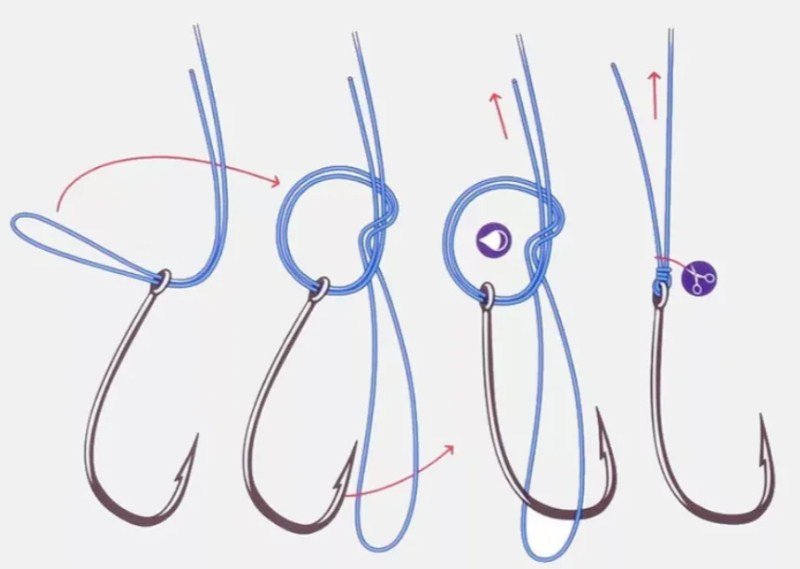
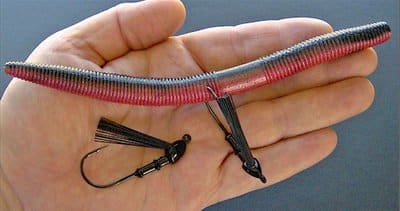
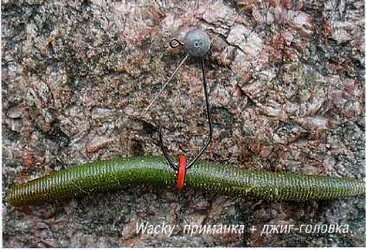
Advice-answer to a frequently asked question! In the absence of special rings for the wake on sale, you can use a chopped pipette, insulation for wires, and for small worms, rubber bands for fishing floats are suitable.
If it is necessary to make the rigging of the wacke heavier, then there are several methods for this. The first is to
use larger worms and more salt . But this is not always possible and not always justified, especially when fishing for medium-sized perch, chub, pike. The second is the
use of special studs, rods, screws, weights . Such rods are screwed into a special hole at the end of the worm: A weighting agent
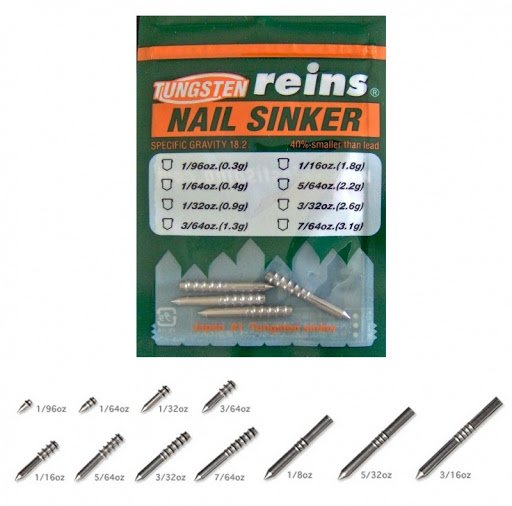
Using jig heads of one form or another as a hook is the third option for weighting the rig:
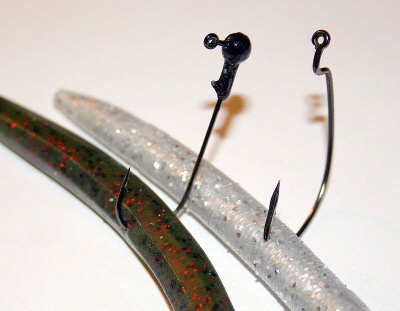
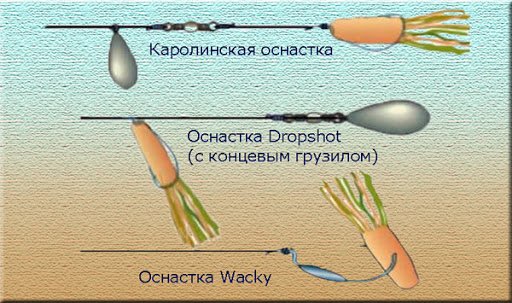
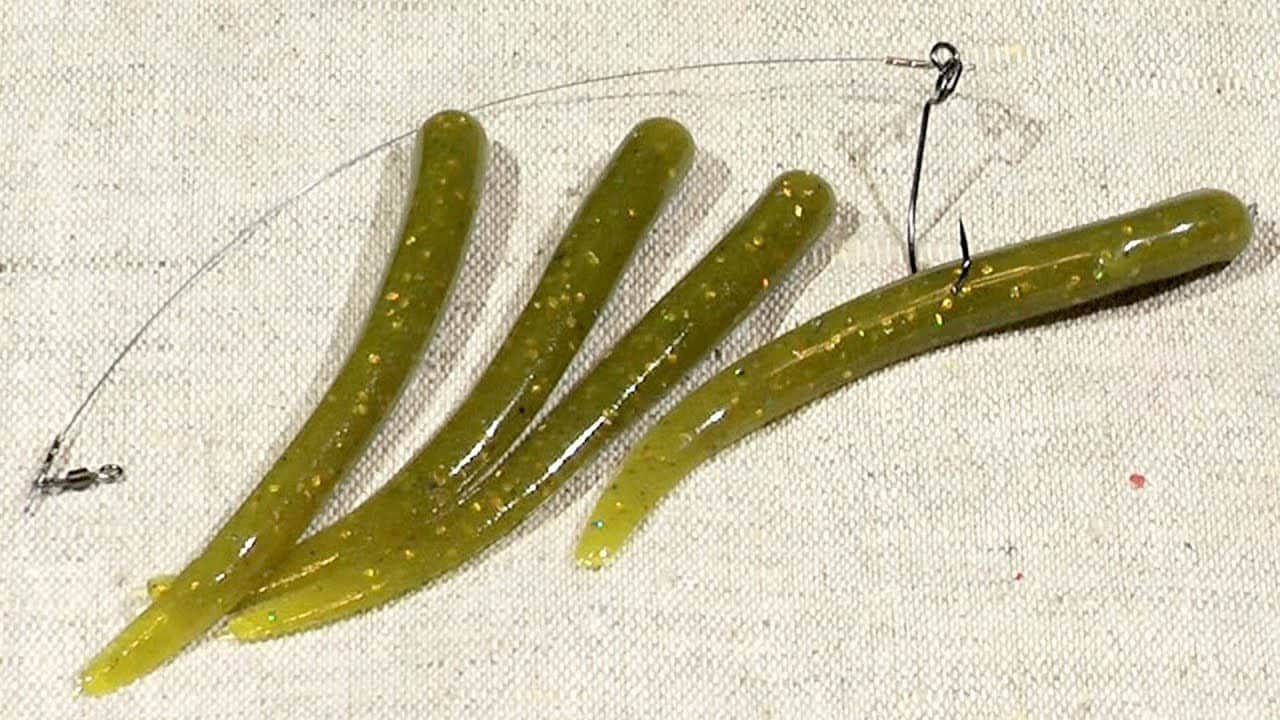
Fishing features: wiring, places of use
Crazy worm is an animal for spot fishing in small shallow and shallow waters, or for medium depths, but with minimal or no current. Overgrown shallows, windows among water lilies, coastal edges of rivers, other promising places where you can stretch a lazy, slow, but crazy worm along the bottom. Small and medium-sized lakes, bays and oxbows are also suitable for the use of veki. Wecky works well on even wiring-dragging along the bottom or in the water column, with obligatory pauses and sharper acceleration-broaches. You need to lightly tweak the bait with the tip of the rod. Sometimes, if the fish shows any kind of activity, quite strong tossing is possible with a further pause, during which the worm pours in, creating vibrations and excitement that so excite any predator.
The best result is shown for passive fish – in early spring in cold water, in the July-August heat and during periods when the fish falls into a state of grogg and does not react to anything else. For active fish, there are more active options for feeding the bait – classic jig, articulated mounts, spaced rigs.
Fishing for pike with a fishing rig from Konstantin Kuzmin: https://youtu.be/EU-FA38bztY
Tackle collection – what to look for?
With this method of fishing, you can use the tackle that is at hand. Specialist. funds for veki are not worth buying. One has only to pay attention to the rod test. Often fishing is carried out on unloaded worms, or loaded with low weight, therefore it is worth taking a rod with the smallest test available. For example, blanks with a dough of 2-15, 5-18 grams are good. The shape and length are those that suit you when fishing with a regular classic jig. The crazy worm catches where other jig rigs often fail. But there are not so many situations in which its application is the best and only option. Wecky can be considered a fishing trickster, when the spinning player tries in every possible way to deceive the fish, bringing chaos and confusion into the established orders of man-nature relations. Although some spinningists have such an interesting rig, as they say,”comes in”, these guys very often catch our brother, the “standard” jig wheel.
